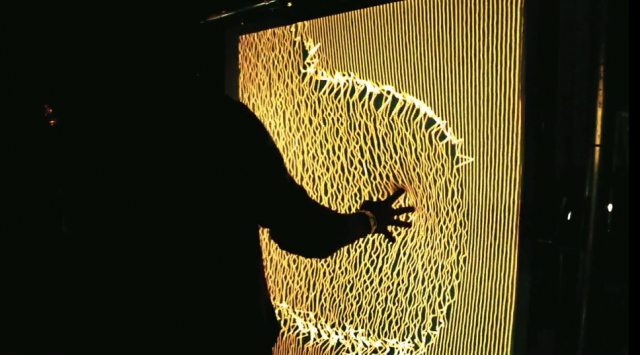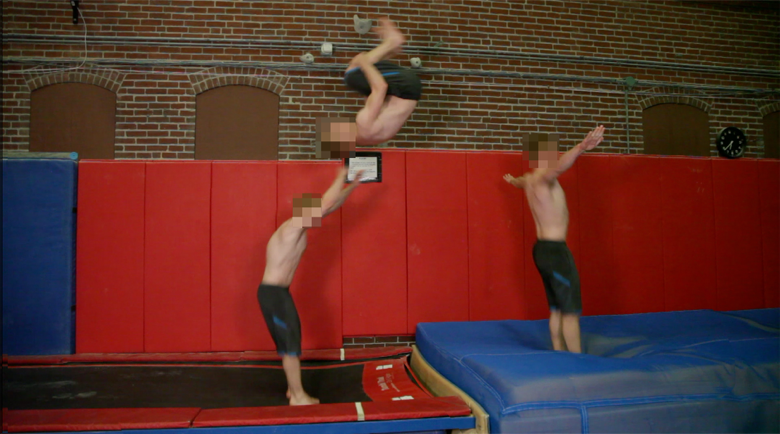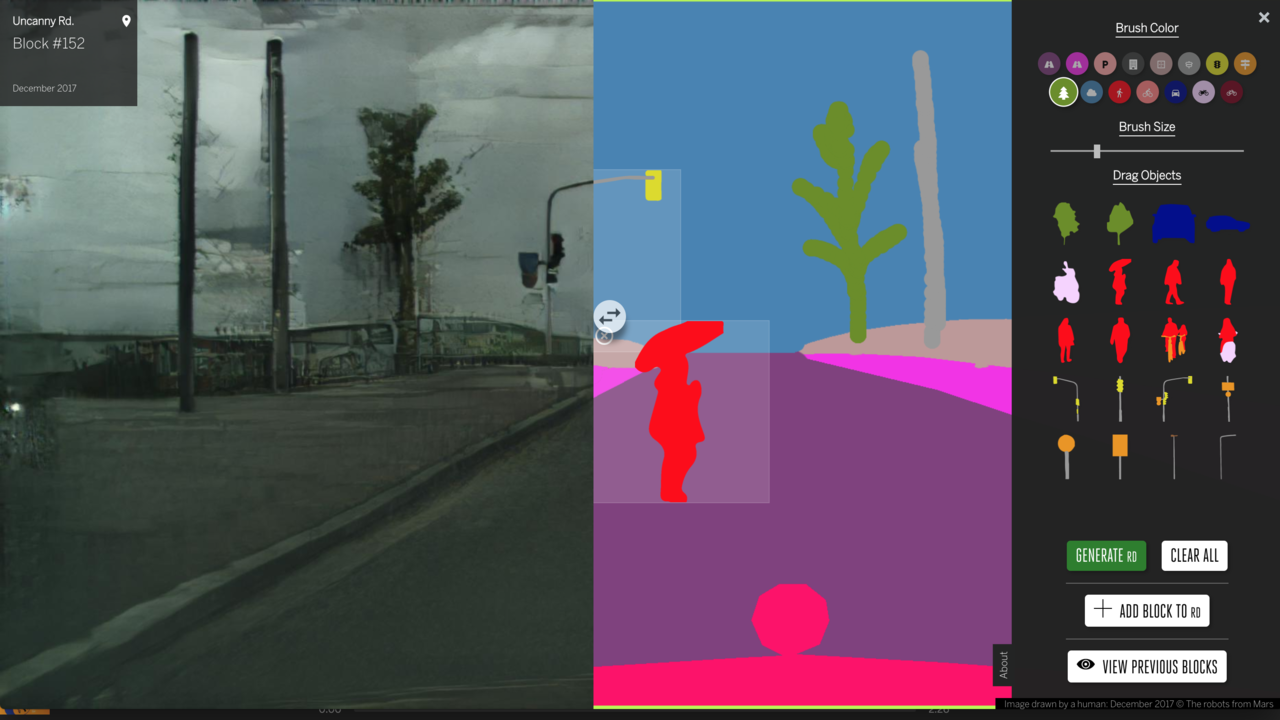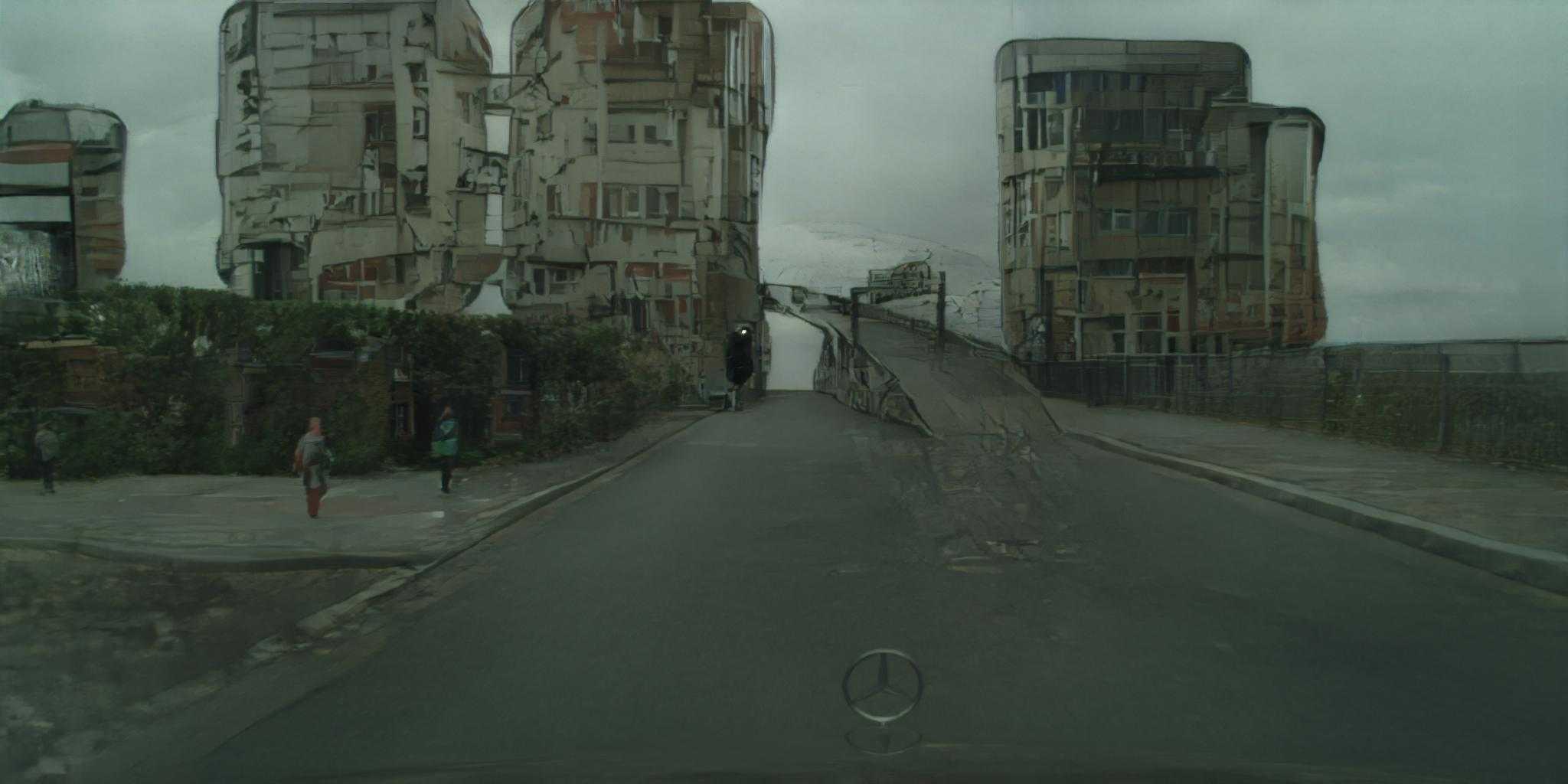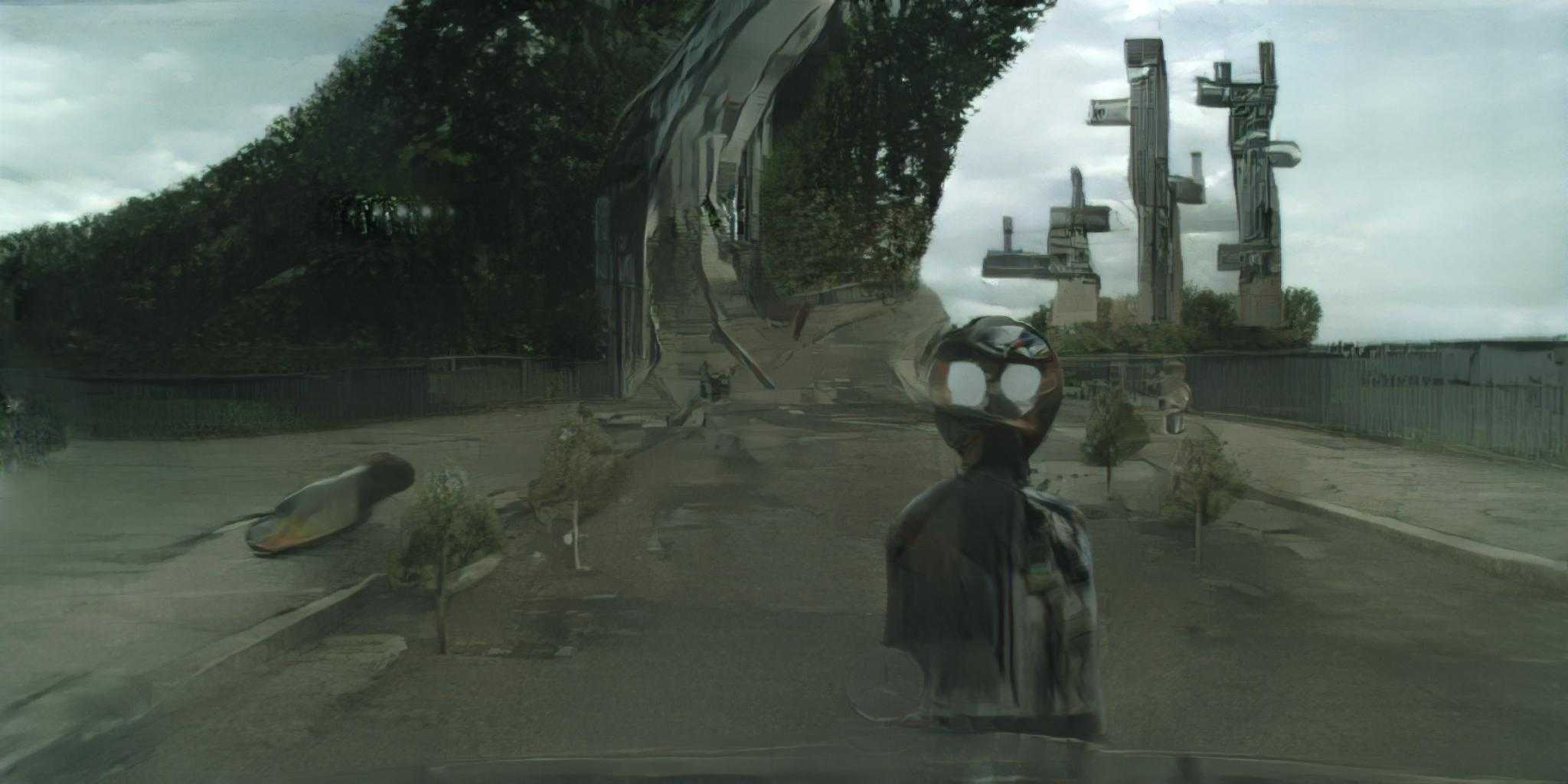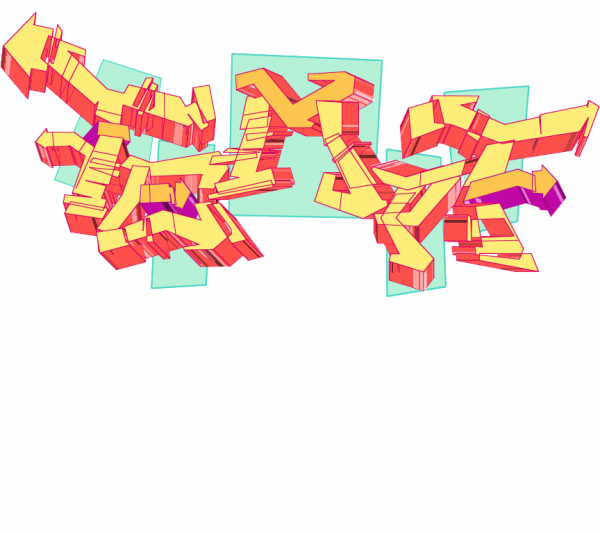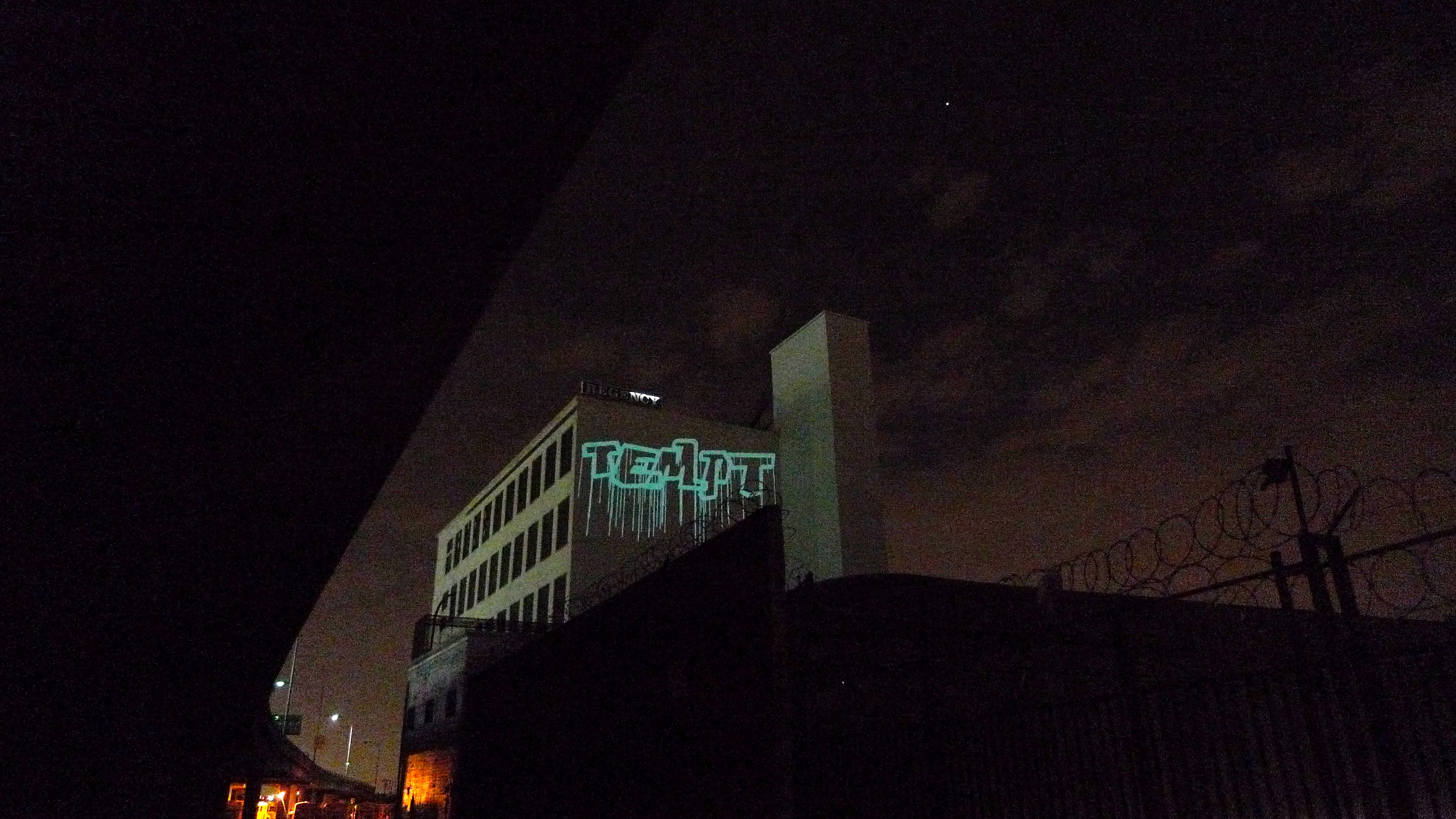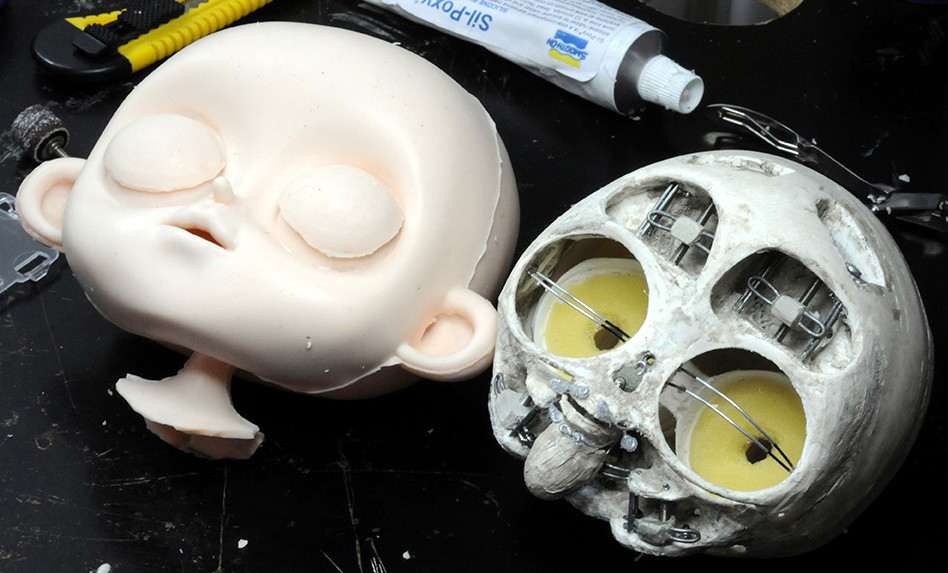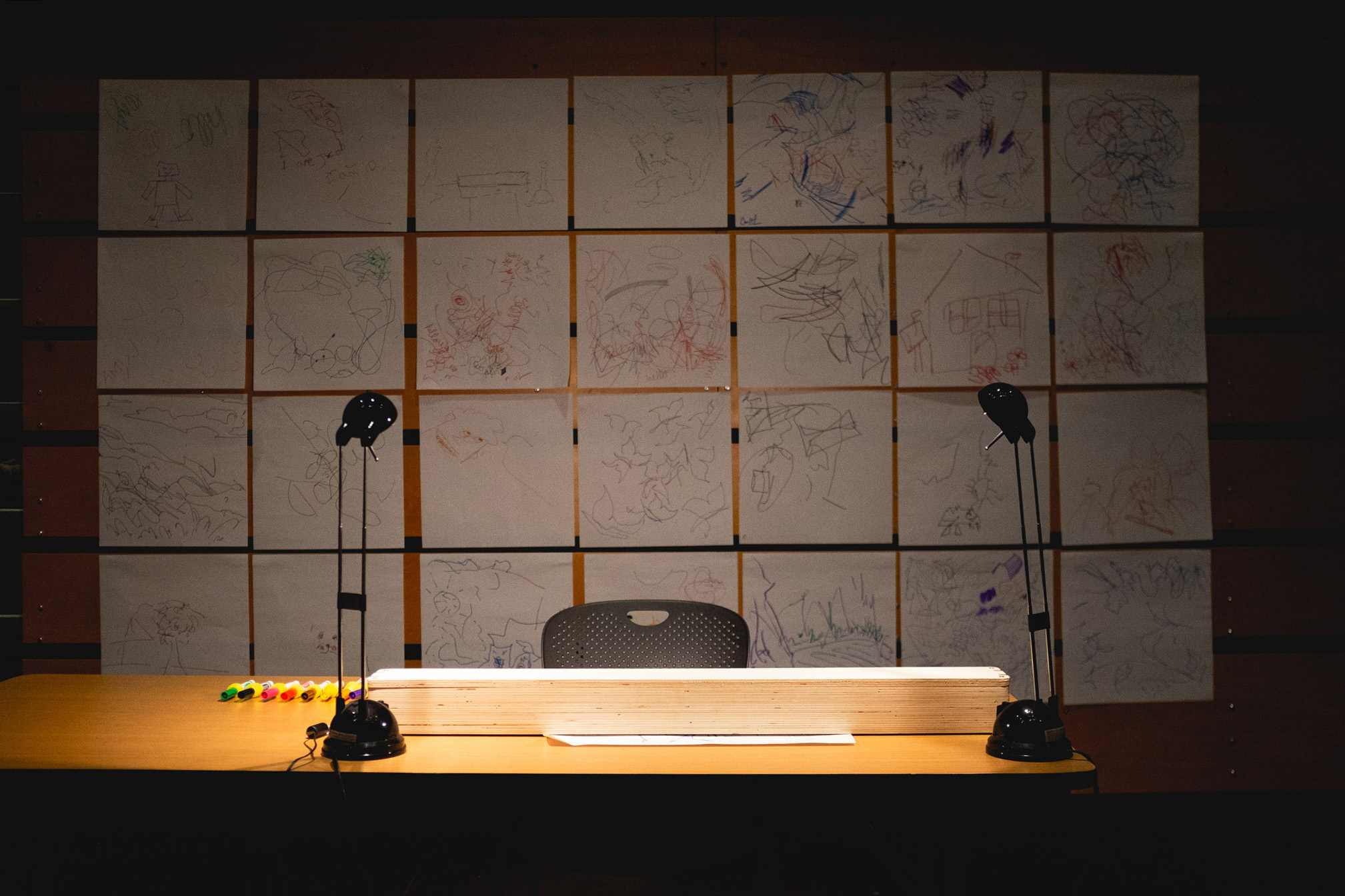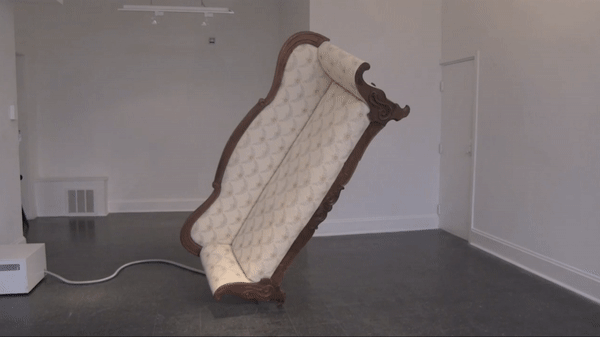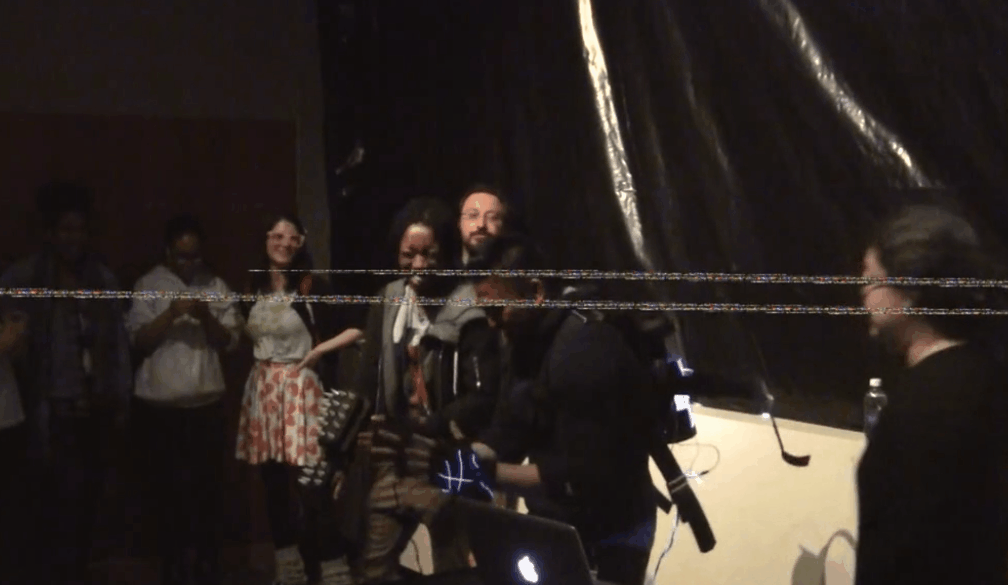For this LO, I wanted to write about the BIY (Believe it Yourself) project - "real-fictional belief-based computing kits" by Shanghai-based design studio Automato.
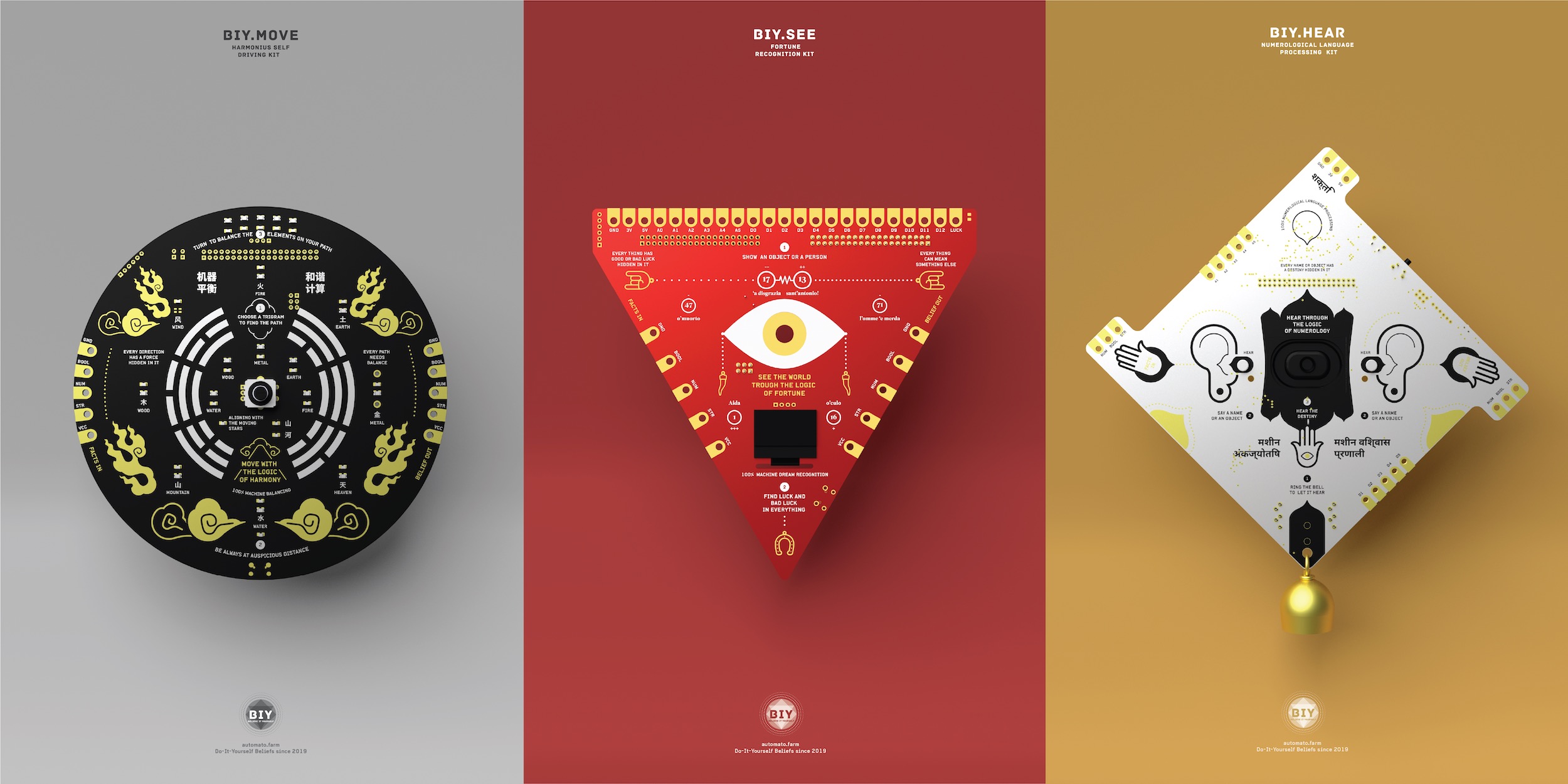
biy.Move helps the user "move around following harmonious paths" in accordance with Chinese Geomancy and feng shui (specifically, the position of mountains and rivers nearby.) Its directions can be used to guide both humans and robots.
BIY - Harmonious Self Driving Kit from automato on Vimeo.
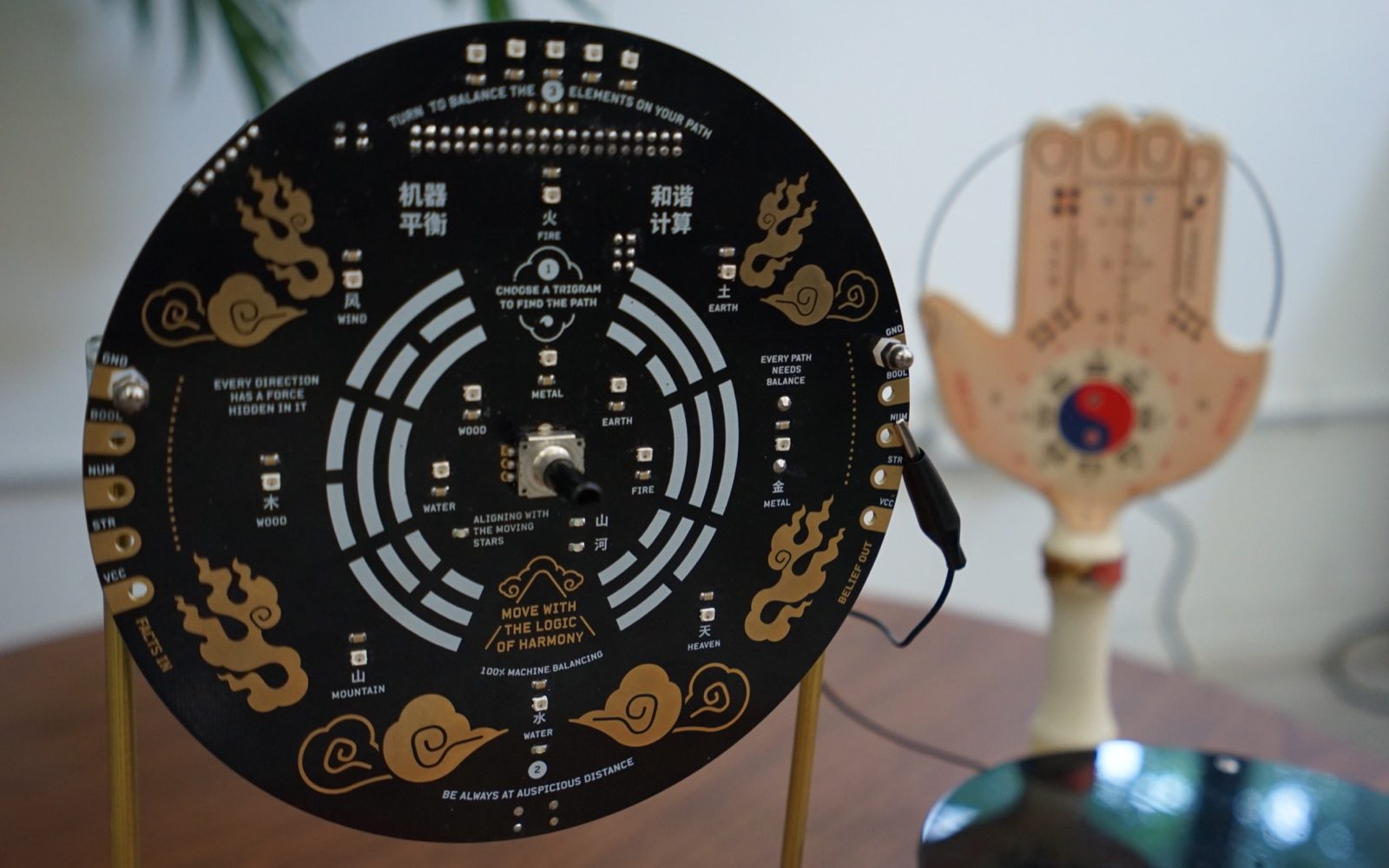
biy.See processes the stream of data coming through the camera in its 'eye' using object recognition algorithms, and classifies lucky or unlucky objects based on Italian folk magic. It will warn the user when a 'bad luck' object or configuration is present, like "13 people sitting around a dinner table" or the cutout black cat shown in the still below.
BIY - Fortune Recognition Kit from automato on Vimeo.
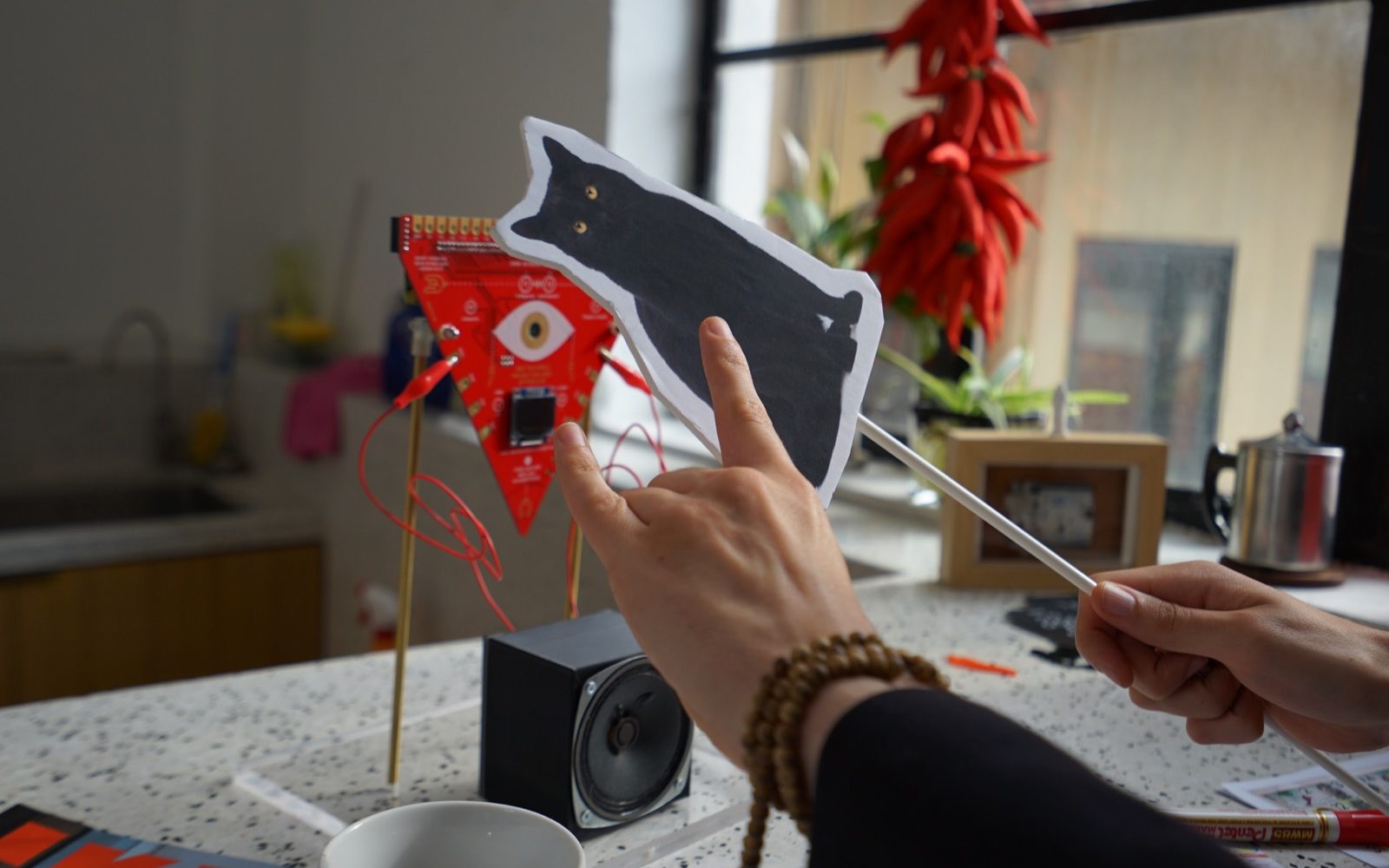
biy.Hear processes language and identifies names to calculate lucky numbers and read the 'destiny' inherent within them according to Indian numerology. It prints out its conclusions on a nice little receipt.
BIY - Numerological Language Processing Kit from automato on Vimeo.
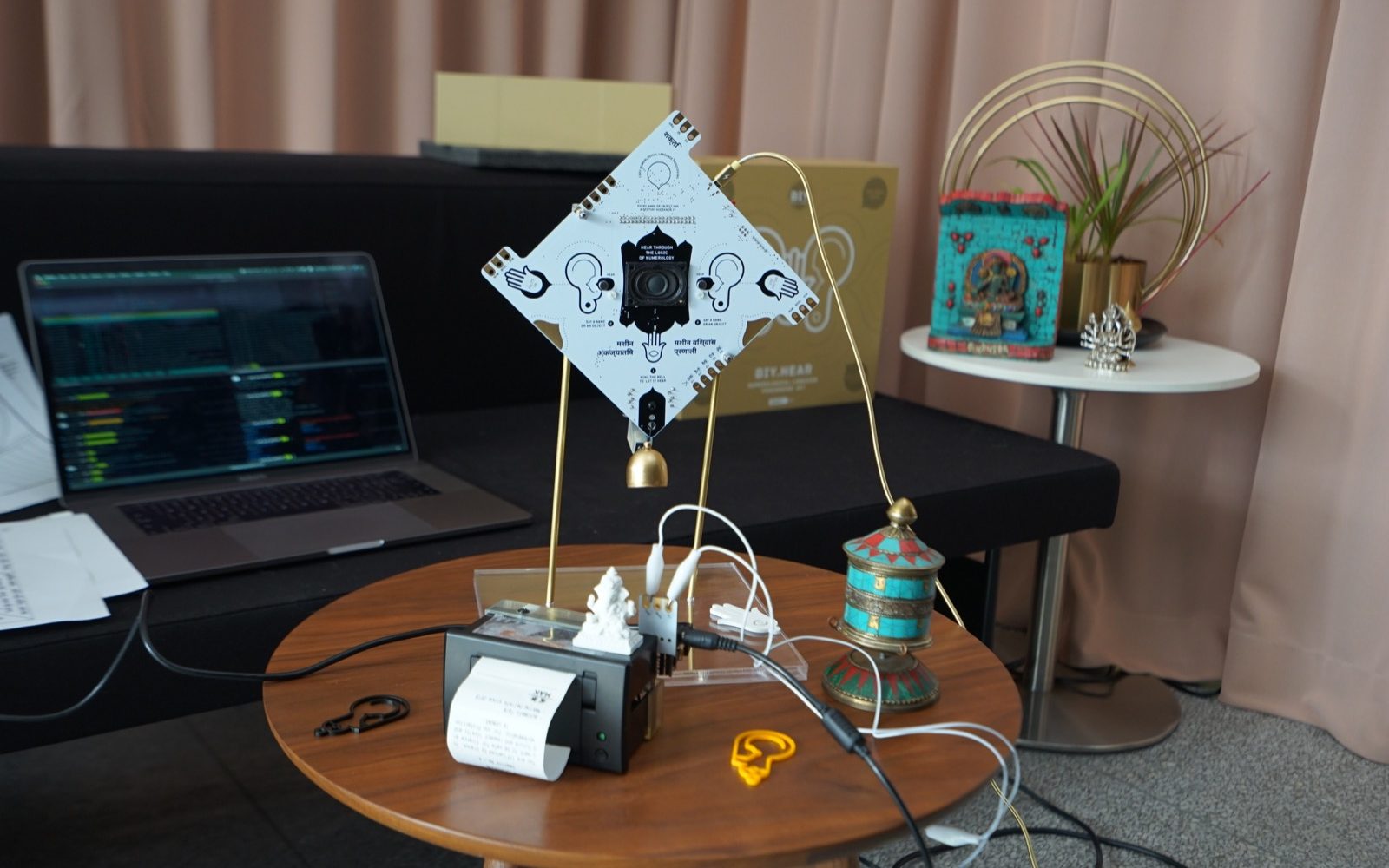
If the gist of the typical physical computing project is to interpret sensor information in an interesting way, I think this one did a good job upending my expectations of the relationship between sensor data, the supposedly flawless logic of computers, and reality. Technology can and does inspire spiritual experiences, but this can be overshadowed by the idea prevalent among STEM people that mushy logic (like that required to deal with spirituality, faith, and art) is invalid and not valuable. Maybe it's a reach, but I think this project points at how prevailing belief systems and epistemological frames of mind influence technology and culture.
